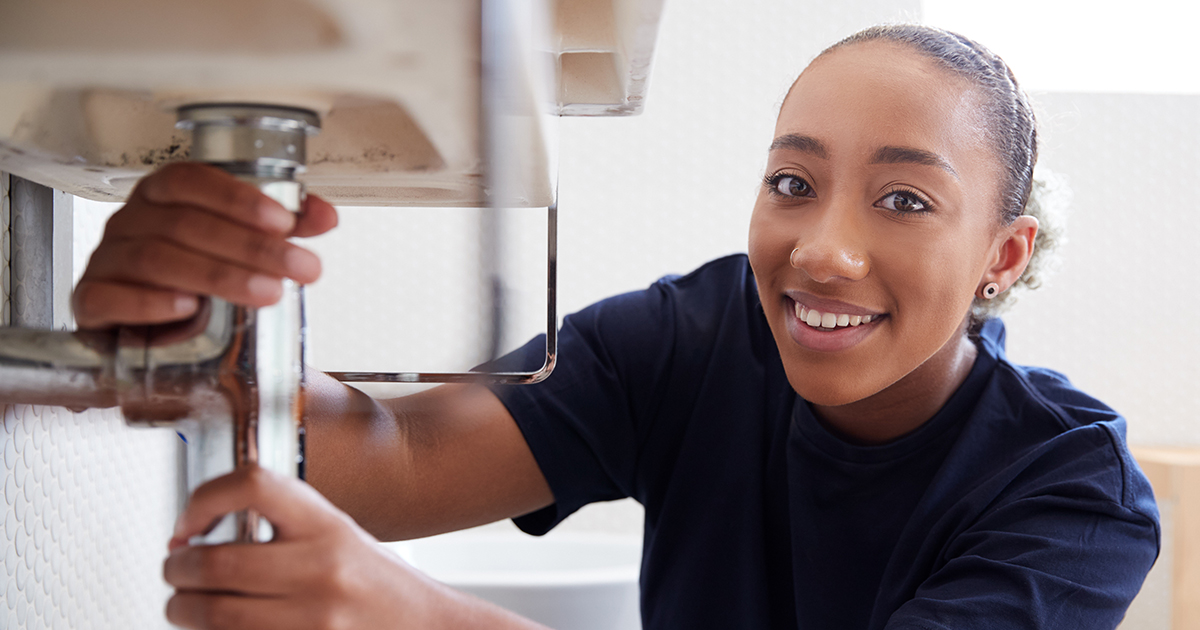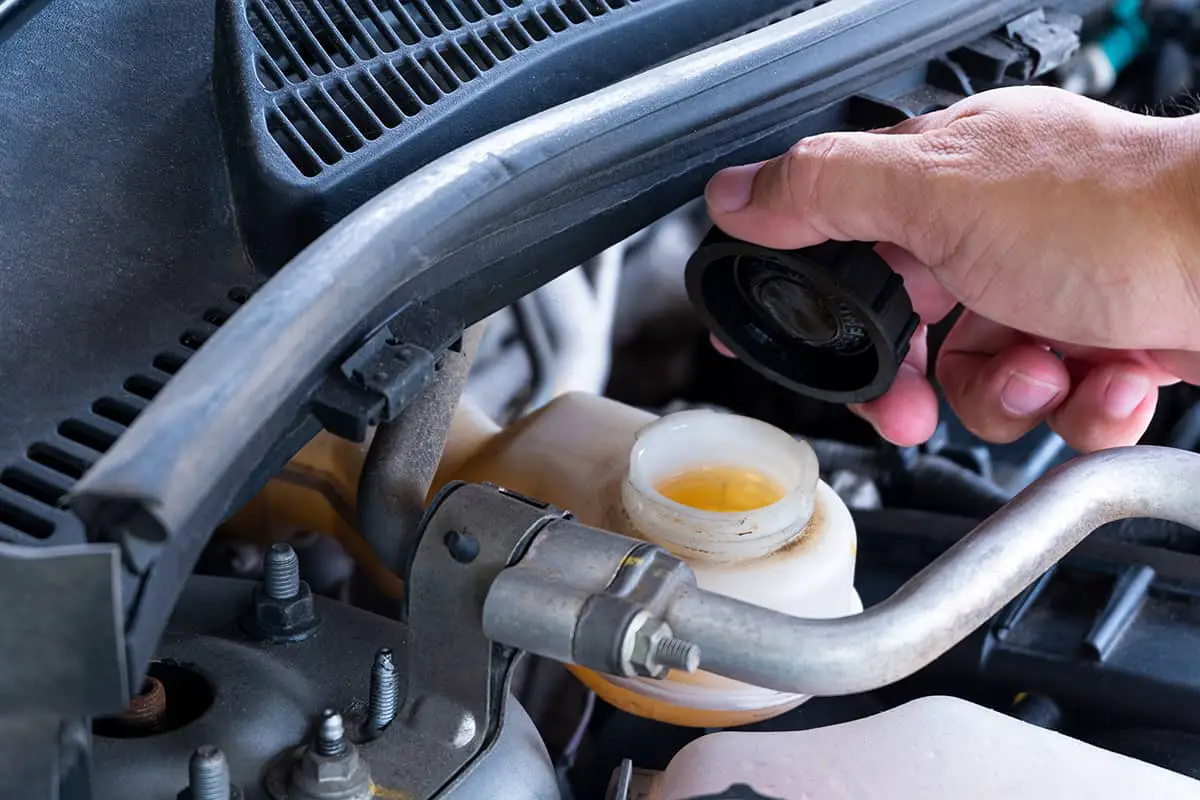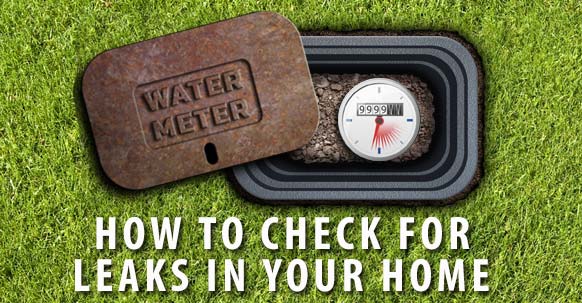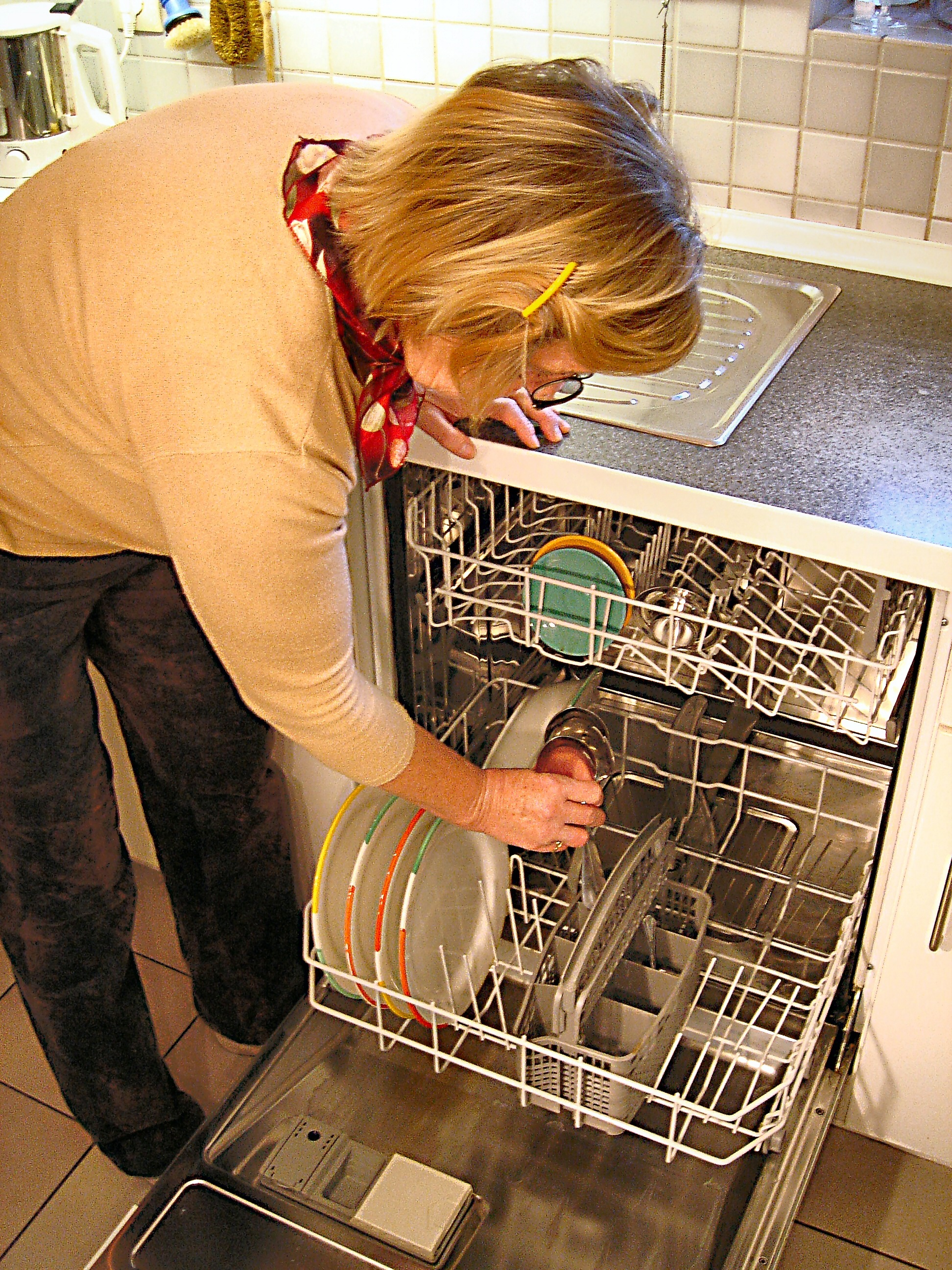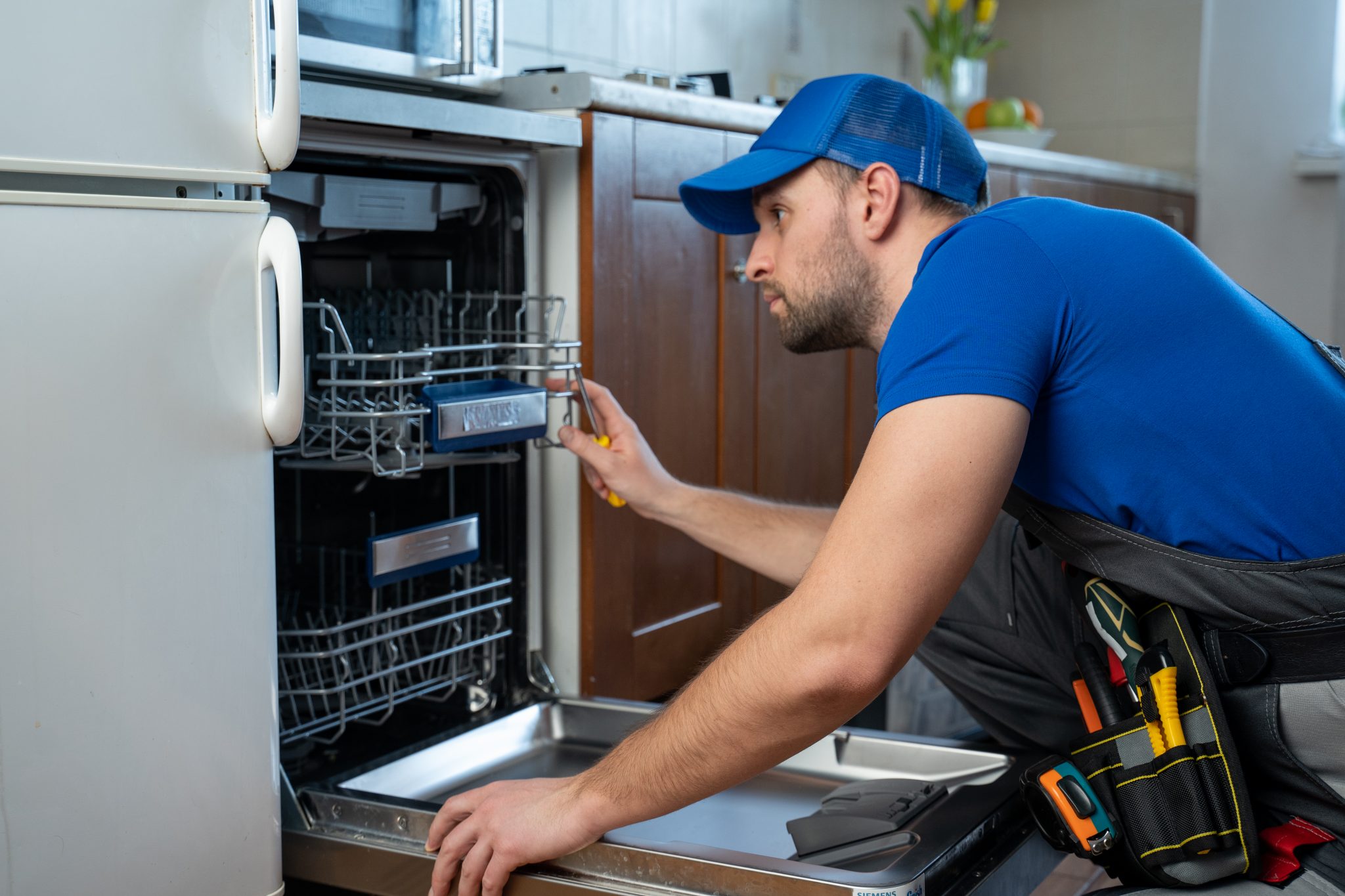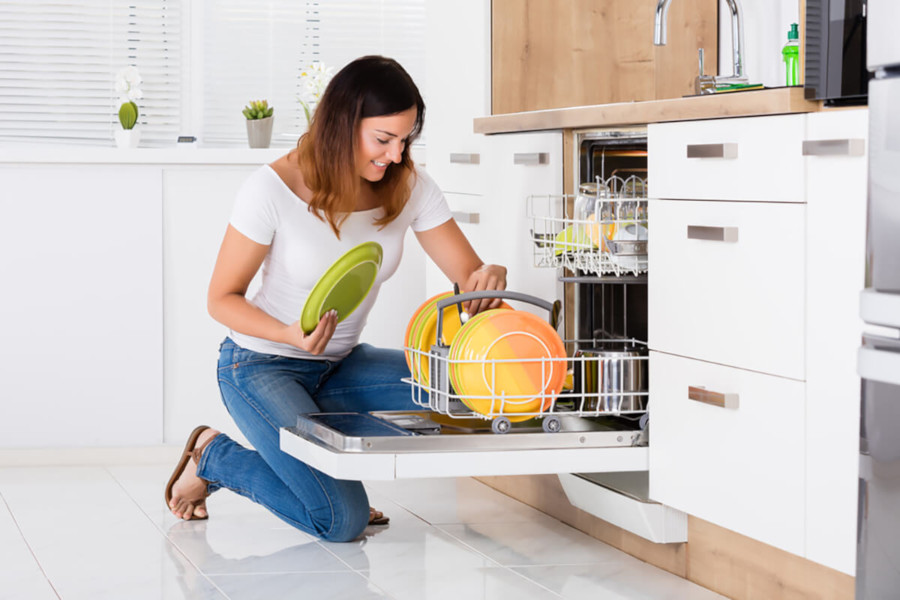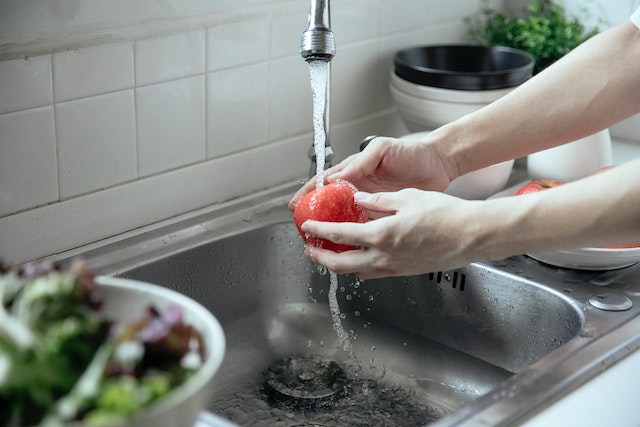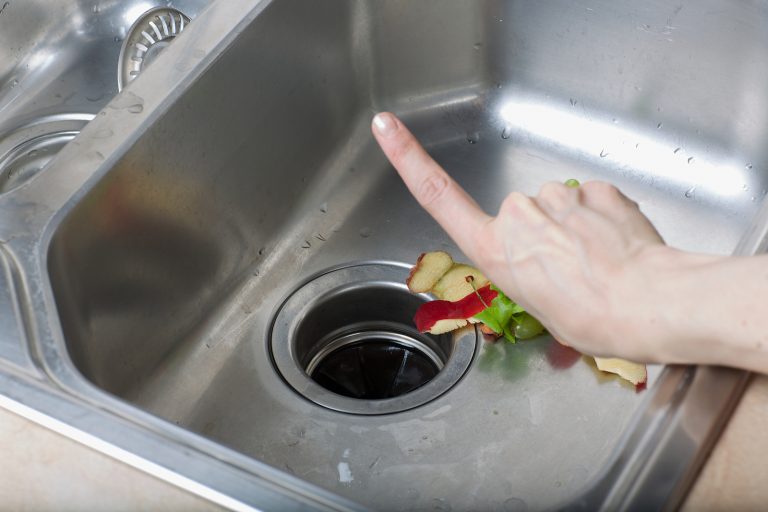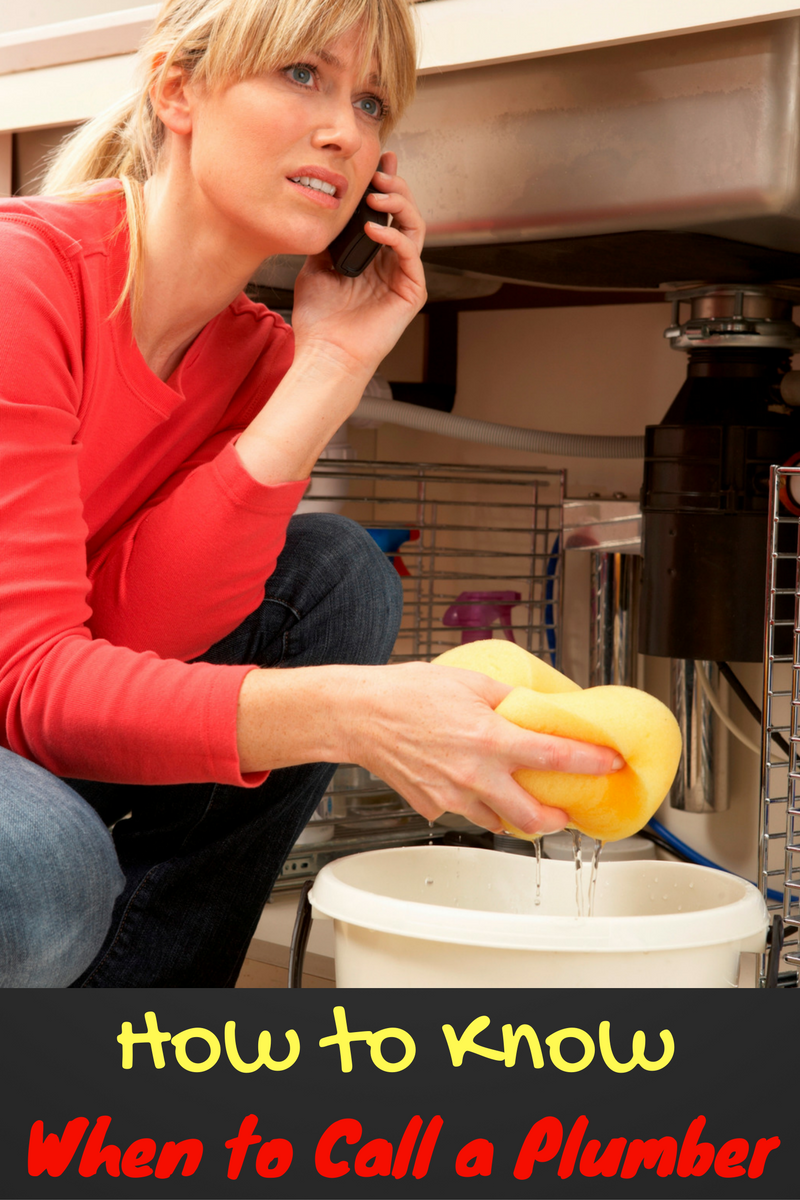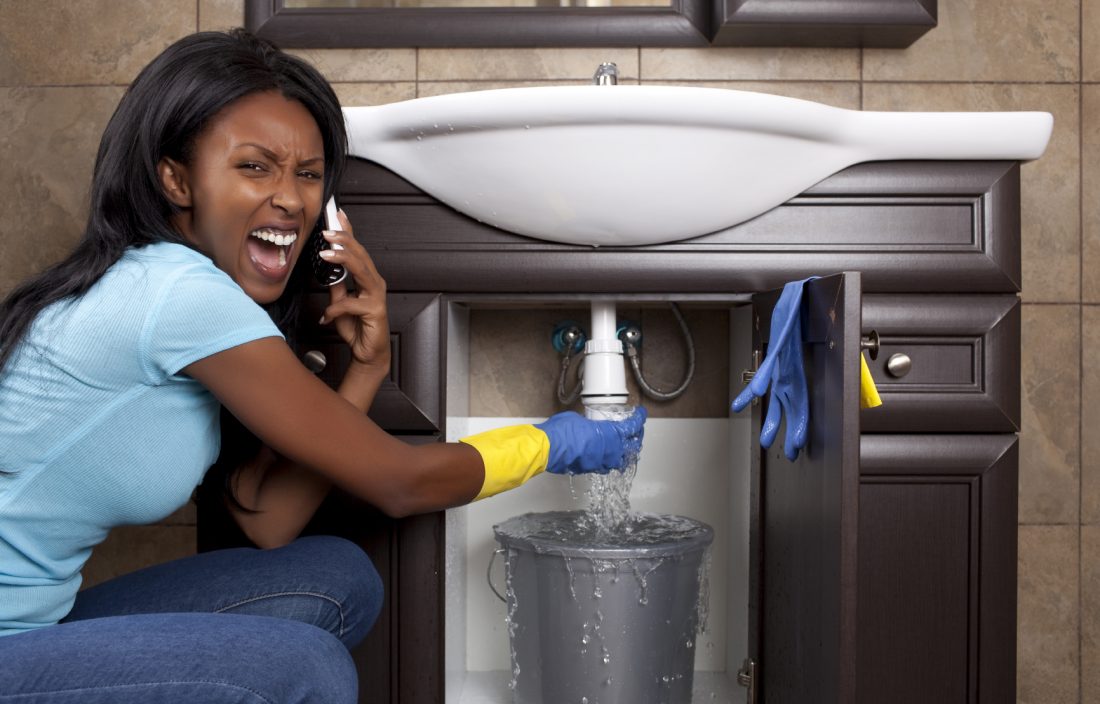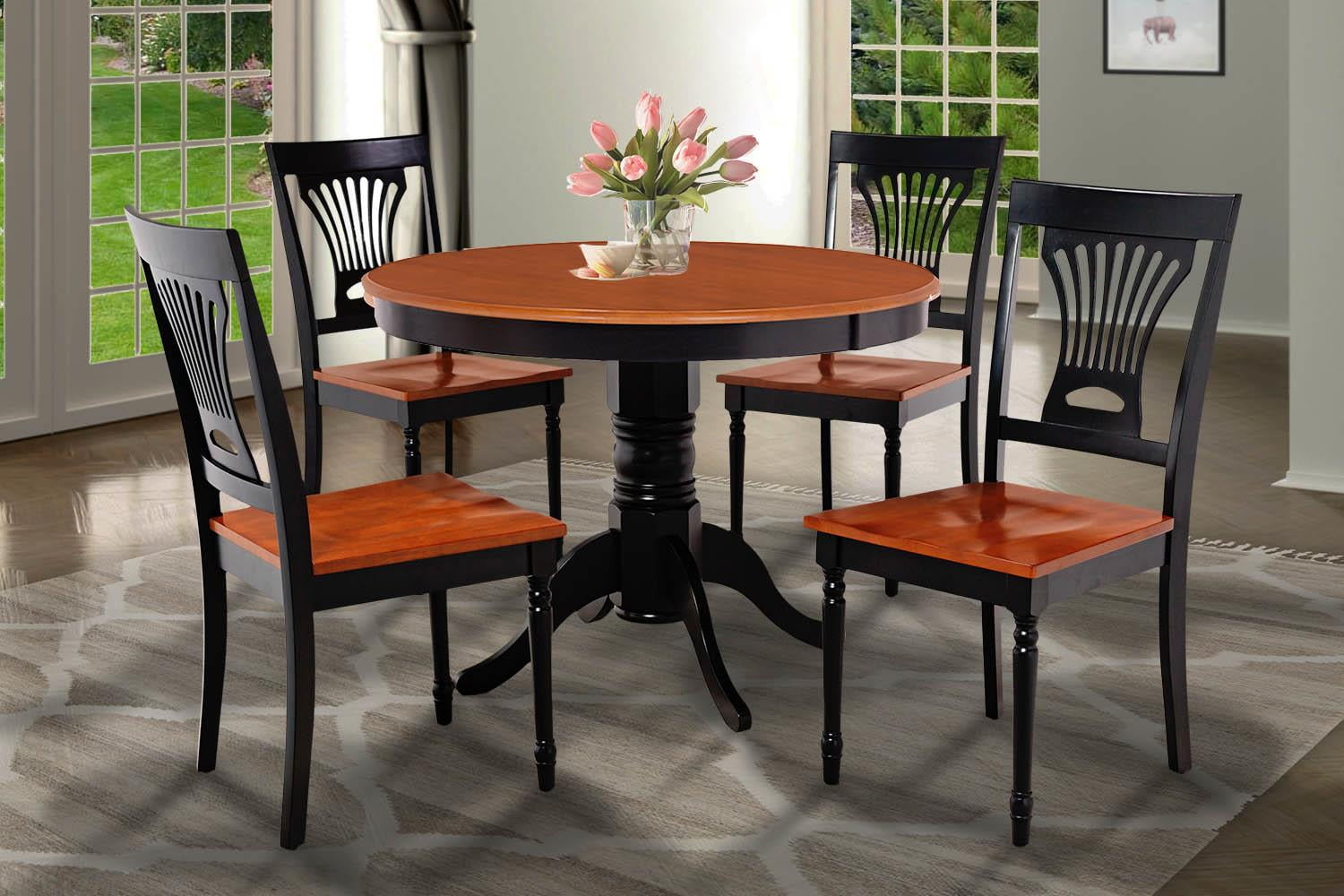If you're experiencing no water pressure from your kitchen sink, the first thing to do is to check the water supply valve. This valve controls the flow of water into your sink and may have been accidentally turned off or partially closed. Make sure the valve is fully open to allow water to flow freely.1. Check the water supply valve
The aerator is the small mesh screen at the end of your faucet. Over time, it can become clogged with mineral deposits and debris, causing a decrease in water pressure. To check the aerator, unscrew it from the faucet and clean it with a mixture of vinegar and water. This should remove any buildup and restore water pressure.2. Check the aerator
The faucet cartridge is the mechanism inside your faucet that controls the flow and temperature of water. If it becomes worn or damaged, it can affect the water pressure. You may need to replace the cartridge to restore water pressure in your kitchen sink.3. Check the faucet cartridge
The water pressure regulator is a small valve that controls the overall water pressure in your home. If it is set too low, you may experience low water pressure in your kitchen sink. Check the regulator and adjust it if necessary to increase the water pressure.4. Check the water pressure regulator
If your kitchen sink has suddenly lost water pressure, there may be a clog in the pipes. This can be caused by food scraps, grease, or other debris. You can try using a plunger or a drain snake to remove the clog and restore water flow.5. Check the pipes for clogs
If your kitchen sink has a water filter, it may be clogged and causing a decrease in water pressure. Check the filter and replace it if necessary. If you don't have a water filter, consider installing one to improve the quality and pressure of your water.6. Check the water filter
Leaks in your plumbing system can also cause a decrease in water pressure. Inspect your pipes and faucets for any signs of leaks and repair them as soon as possible. This will not only improve water pressure, but also prevent any water damage to your home.7. Check for leaks
If your kitchen sink is connected to a dishwasher, it's possible that the dishwasher may be the cause of low water pressure. Check the dishwasher for any clogs or buildup and clean it out. You may also need to check the water supply line to ensure it is not kinked or blocked.8. Check the dishwasher
Similar to the dishwasher, the garbage disposal can also cause low water pressure in your kitchen sink. Check the disposal for any clogs or blockages and clean it out. You may also need to check the water supply line to ensure it is not clogged or damaged.9. Check the garbage disposal
If you've tried all of the above solutions and still have no water pressure in your kitchen sink, it may be time to call a professional plumber. They can identify and fix any underlying issues with your plumbing system and restore water pressure to your sink. In conclusion, experiencing no water pressure from your kitchen sink can be frustrating and inconvenient. However, by following these tips and addressing any potential issues, you can easily restore water pressure and continue using your sink as normal.10. Call a plumber
Possible Causes for No Water Pressure Out of Kitchen Sink

1. Clogged Pipes
 One of the most common reasons for experiencing no water pressure in the kitchen sink is due to clogged pipes. Over time, debris and mineral buildup can accumulate in the pipes, blocking the flow of water. This can be caused by hard water, which contains high levels of minerals such as calcium and magnesium. These minerals can form deposits in the pipes, restricting the water flow and causing low pressure.
One of the most common reasons for experiencing no water pressure in the kitchen sink is due to clogged pipes. Over time, debris and mineral buildup can accumulate in the pipes, blocking the flow of water. This can be caused by hard water, which contains high levels of minerals such as calcium and magnesium. These minerals can form deposits in the pipes, restricting the water flow and causing low pressure.
2. Malfunctioning Faucet
 Another potential cause for no water pressure in the kitchen sink could be a malfunctioning faucet. If the faucet is old or has not been properly maintained, it can develop leaks or cracks, leading to a decrease in water pressure. Additionally, faulty internal parts such as the aerator or cartridge can also cause low water pressure.
Another potential cause for no water pressure in the kitchen sink could be a malfunctioning faucet. If the faucet is old or has not been properly maintained, it can develop leaks or cracks, leading to a decrease in water pressure. Additionally, faulty internal parts such as the aerator or cartridge can also cause low water pressure.
3. Water Supply Issues
 Sometimes, the problem may not lie within your home but rather with the water supply itself. If there is a disruption in the water main or a water outage in your area, it can affect the water pressure in your home, including the kitchen sink. It's always a good idea to check with your neighbors to see if they are also experiencing low water pressure before assuming it is an issue with your home.
Sometimes, the problem may not lie within your home but rather with the water supply itself. If there is a disruption in the water main or a water outage in your area, it can affect the water pressure in your home, including the kitchen sink. It's always a good idea to check with your neighbors to see if they are also experiencing low water pressure before assuming it is an issue with your home.
How to Fix the Problem
 If you are experiencing no water pressure in your kitchen sink, here are some steps you can take to fix the problem:
If you are experiencing no water pressure in your kitchen sink, here are some steps you can take to fix the problem:
1. Check for Clogged Pipes
 If you suspect that clogged pipes are the cause of the low water pressure, there are a few things you can do. First, try running hot water through the faucet for a few minutes to see if it helps break up any debris. If this doesn't work, you may need to use a plunger or a drain cleaning solution to clear the clog. If the problem persists, it's best to call a professional plumber to assess the situation.
If you suspect that clogged pipes are the cause of the low water pressure, there are a few things you can do. First, try running hot water through the faucet for a few minutes to see if it helps break up any debris. If this doesn't work, you may need to use a plunger or a drain cleaning solution to clear the clog. If the problem persists, it's best to call a professional plumber to assess the situation.
2. Inspect the Faucet
 If the issue seems to be with the faucet itself, you can try cleaning or replacing the aerator or cartridge. These parts can become clogged or worn out over time, causing a decrease in water pressure. If the faucet is old or damaged, it may be best to replace it entirely.
If the issue seems to be with the faucet itself, you can try cleaning or replacing the aerator or cartridge. These parts can become clogged or worn out over time, causing a decrease in water pressure. If the faucet is old or damaged, it may be best to replace it entirely.
3. Contact Your Water Provider
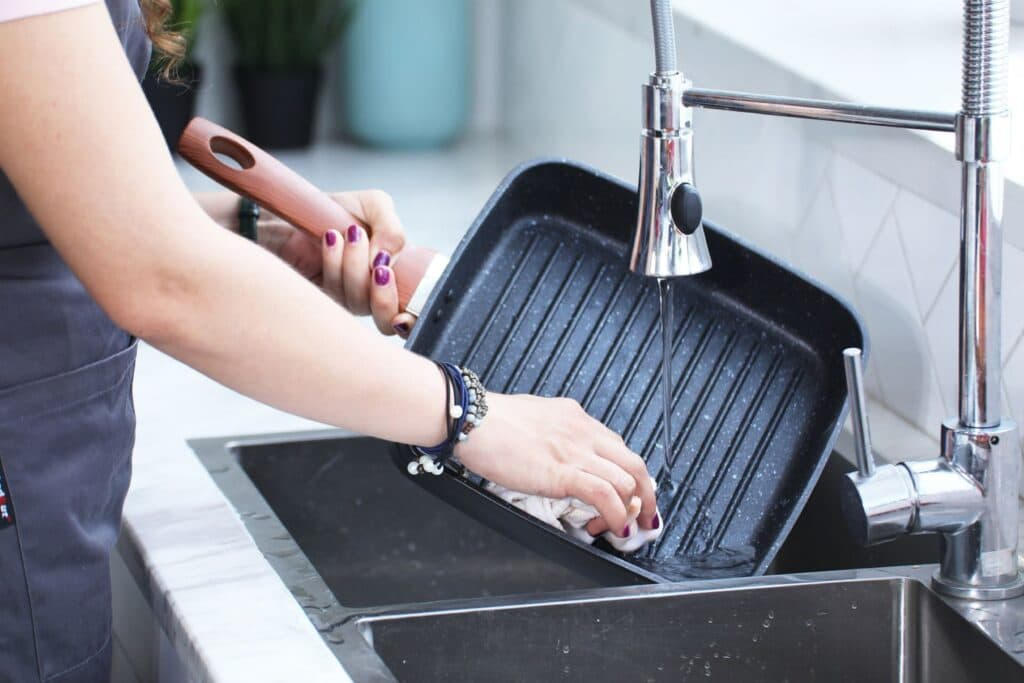 If you have ruled out any issues with your home's plumbing, it's possible that the problem lies with the water supply. In this case, it's best to contact your water provider and inquire about any disruptions or outages in your area. They may also be able to provide further assistance in resolving the issue.
In conclusion, experiencing no water pressure in the kitchen sink can be a frustrating problem to deal with. By identifying the potential causes and taking the necessary steps to fix them, you can ensure that your kitchen sink will have proper water pressure once again. However, if the problem persists, it's always best to seek the help of a professional plumber.
If you have ruled out any issues with your home's plumbing, it's possible that the problem lies with the water supply. In this case, it's best to contact your water provider and inquire about any disruptions or outages in your area. They may also be able to provide further assistance in resolving the issue.
In conclusion, experiencing no water pressure in the kitchen sink can be a frustrating problem to deal with. By identifying the potential causes and taking the necessary steps to fix them, you can ensure that your kitchen sink will have proper water pressure once again. However, if the problem persists, it's always best to seek the help of a professional plumber.
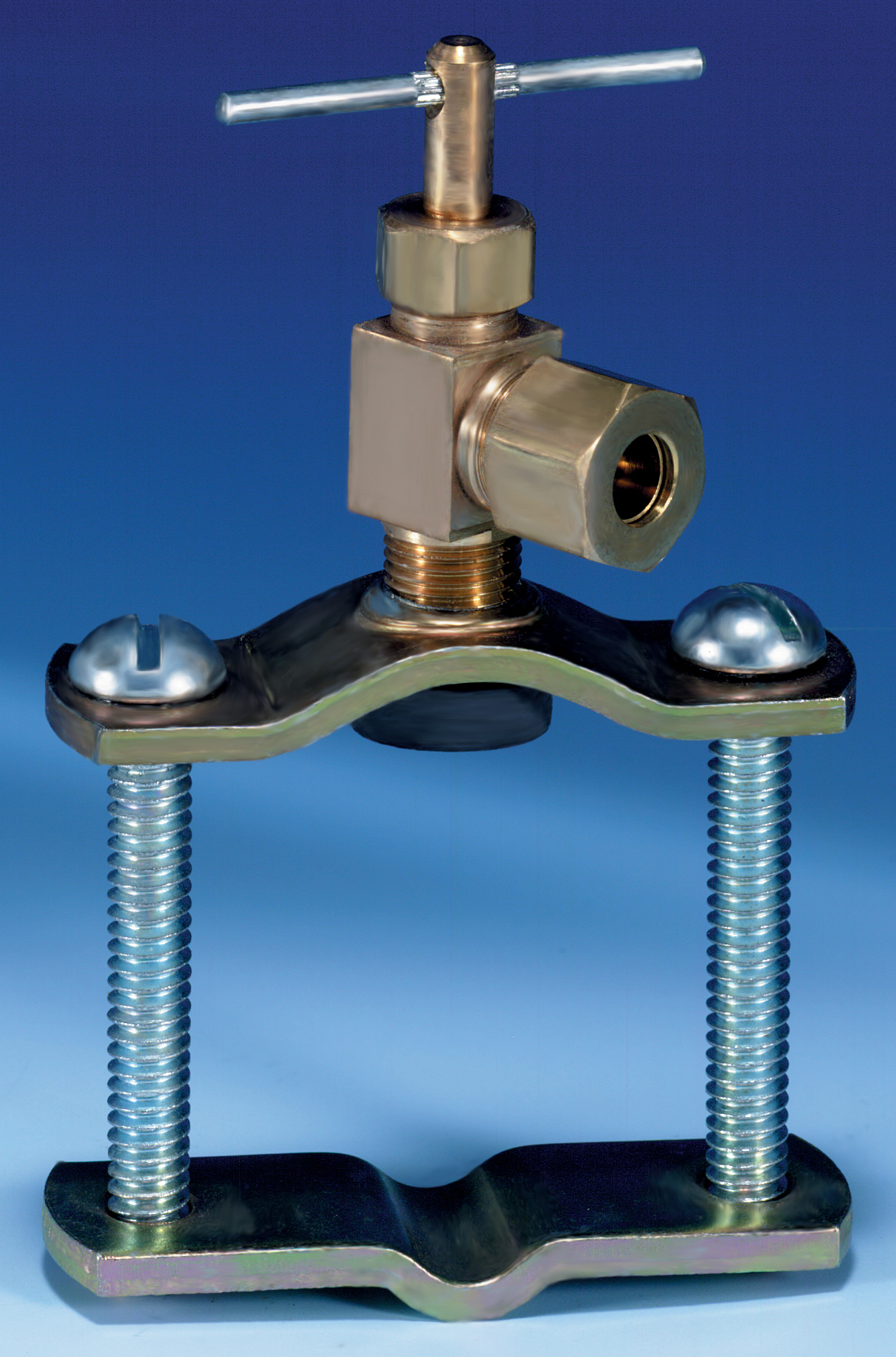






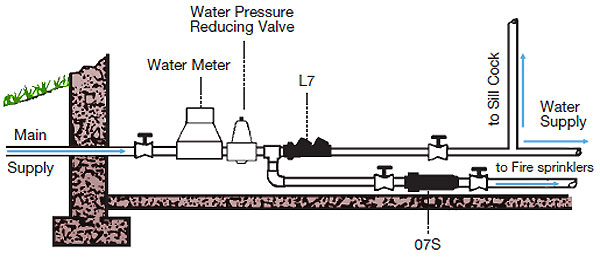




:max_bytes(150000):strip_icc()/ac3-56a73c5a5f9b58b7d0e81836.jpg)
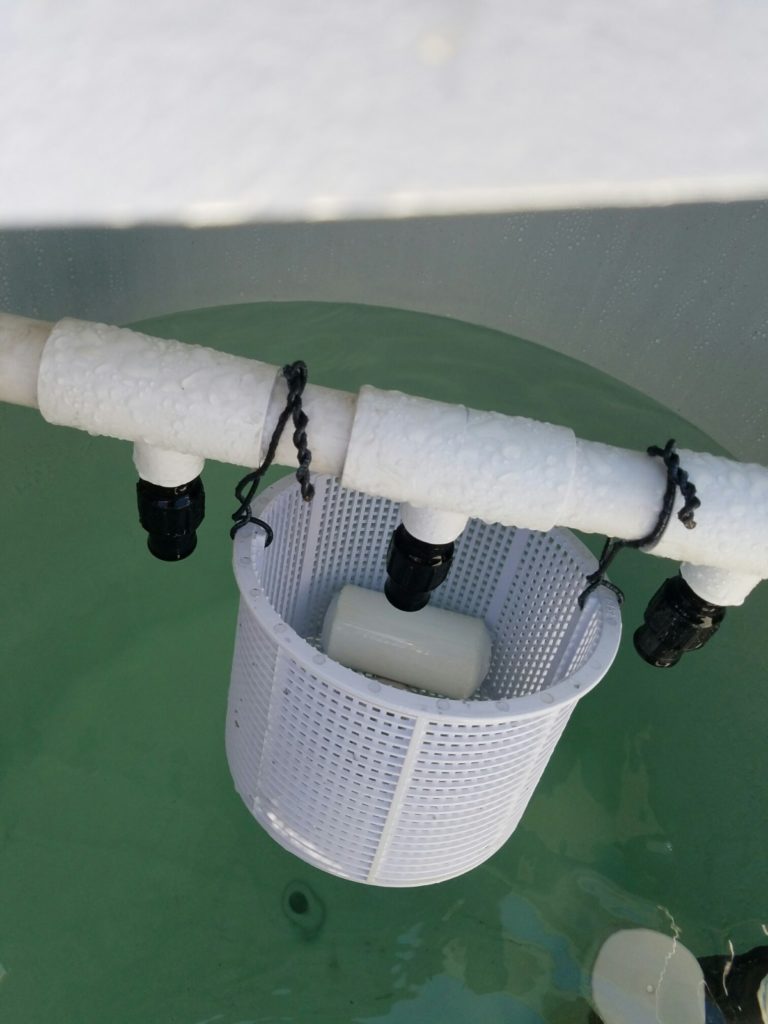







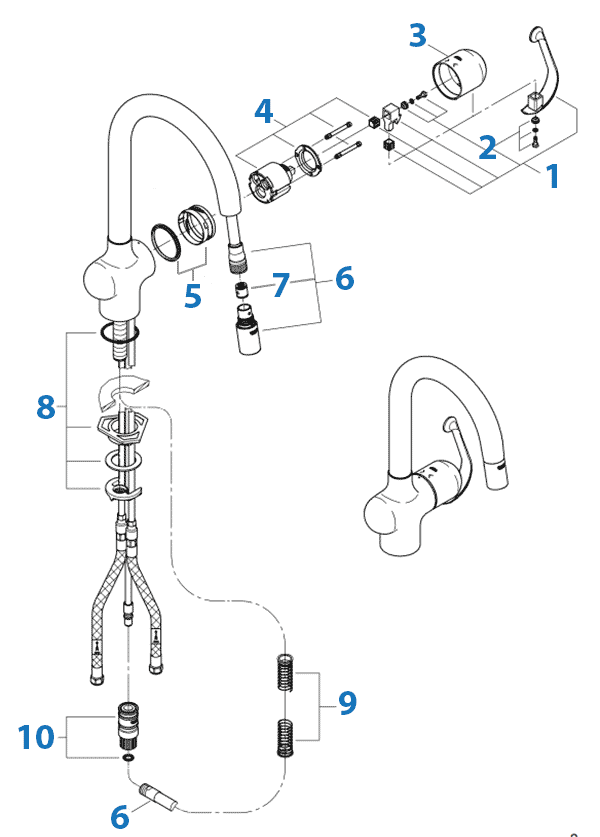












:max_bytes(150000):strip_icc()/the-men-s-hand-opens-the-ball-valve-on-the-collector-1006810456-5c5fc73fc9e77c000159c4af.jpg)






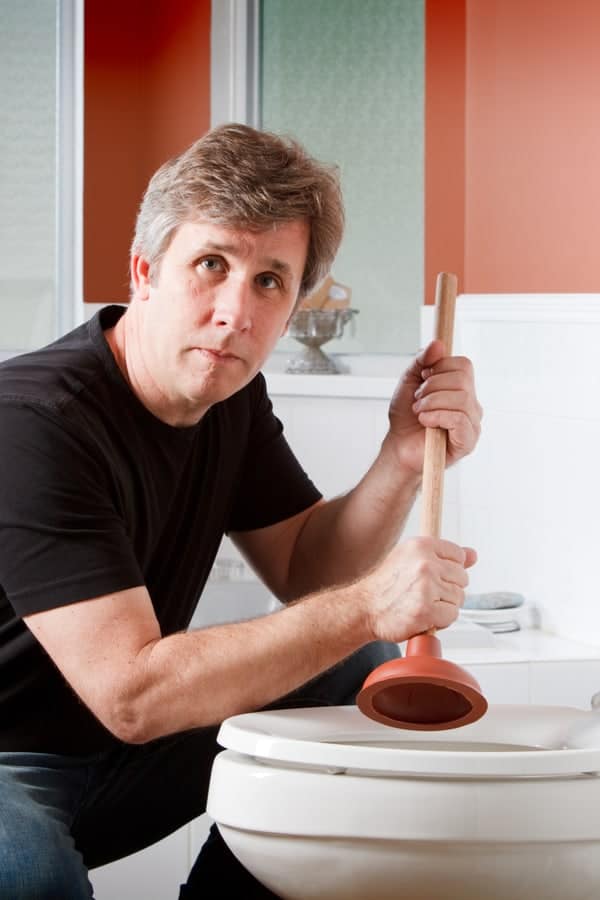


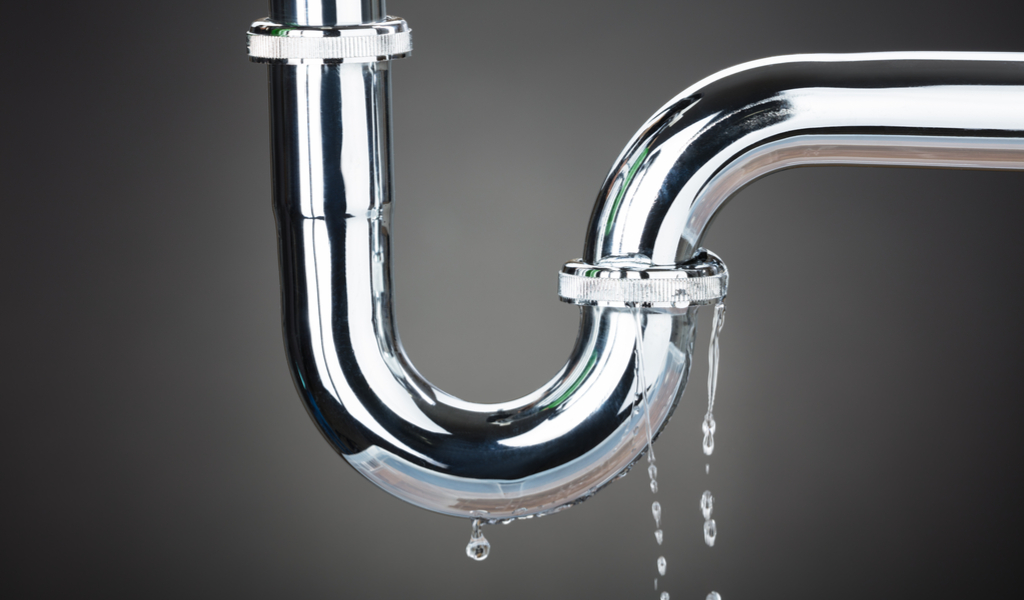







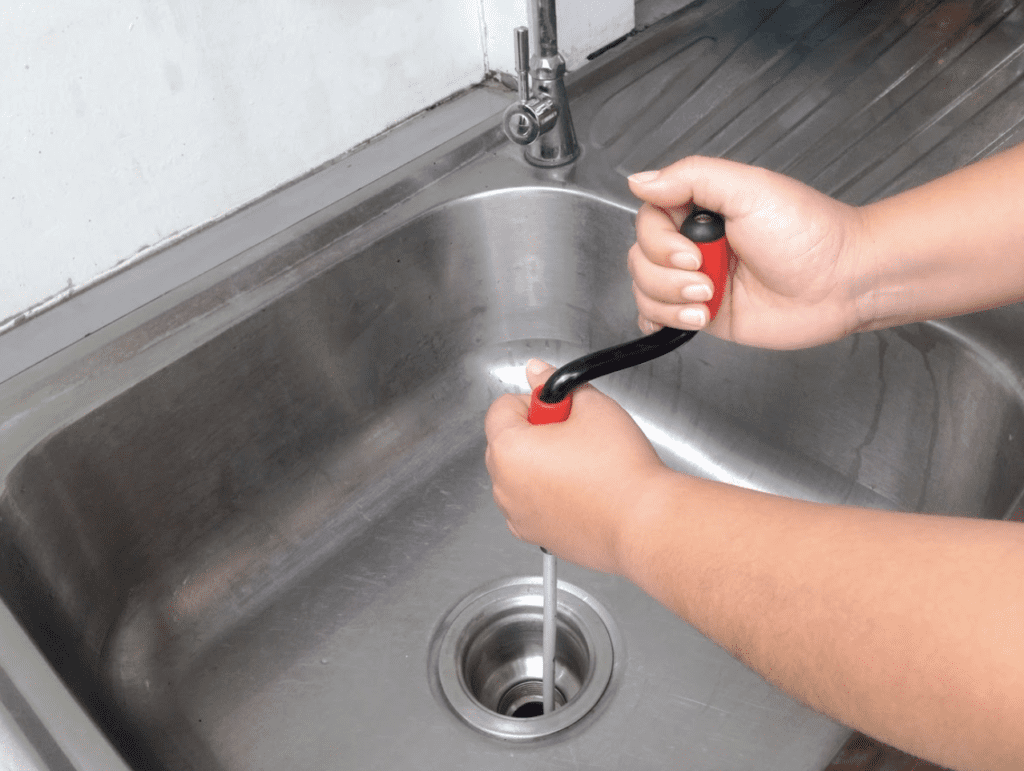







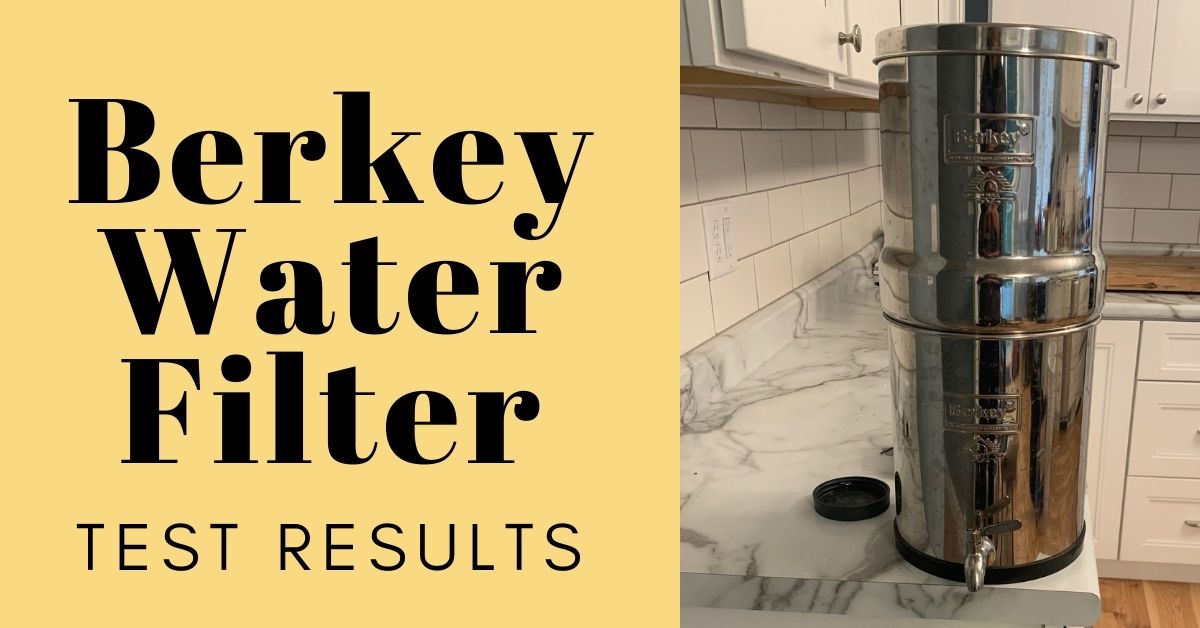
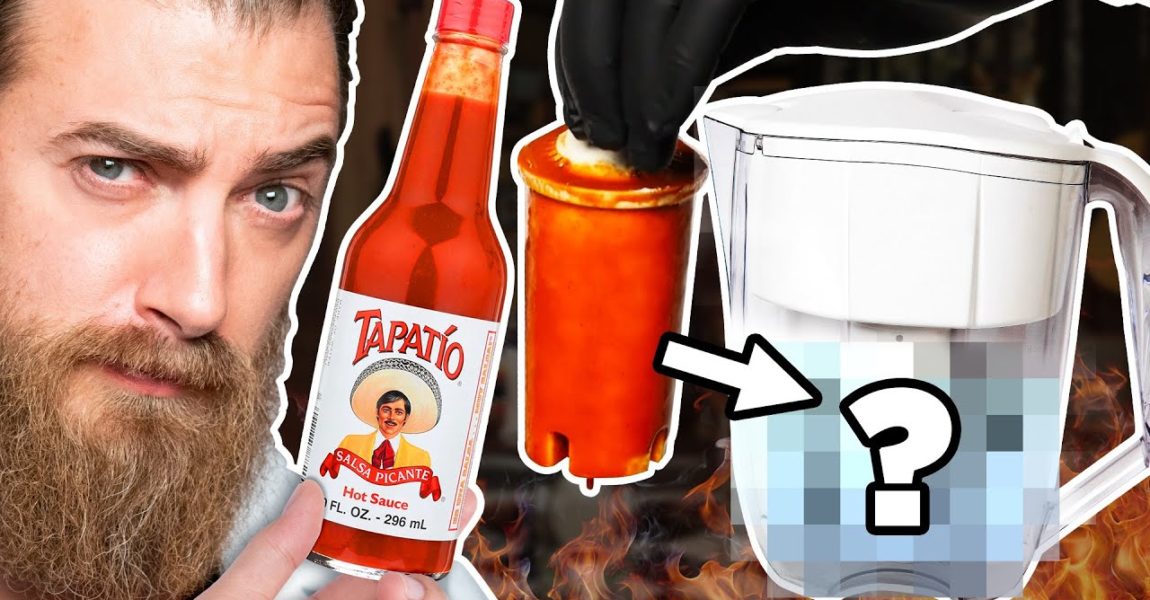
/cdn.vox-cdn.com/uploads/chorus_image/image/63879746/WaterFilter_2.0.jpg)





